Read Time:1 Minute, 27 Second
Saleh Abdelkerim Nedjim1*, MarcellaD.C.Biyouma2, Mahamat Ali Mahamat1, Arthur Douglas3,
Orgeness Jasper Mbwambo4, Mohamed Mbarouk4, Remadji Yanhdet Herve5, Mahamane Salissou6,
Messian Gallouo7, Aboubacar Traore8, ZIBA Ouima Justin Dieudonne5,
Abstract
Testicular torsion isasurgical emergency caused byrotation ofthevascular pedicle ofthetesticle aroundits axis. If left untreated, testicular necrosis can set in, necessitating orchiectomy andloss ofthetesticle. The authors ofthis article
reviewed articles ontesticular torsion published insub-Saharan Africa. The aim ofthis work istoestablish thepatient
profle, consultation delay andorchiectomy rate inthesub-Saharan context. Data fromthereview will be compared
withlarge non-sub-Saharan series andjournals. Twenty-three articles were selected forreview. All these articles were
published between1985 and2022. Atotal of1410 patients were included inthereview. The average age was19.7
years. The majority ofpatients were fromurban areas. Risk factors fortorsion were identifed in9 publications. The
mode ofhospital admission varied. Acute scrotal pain wasthemain symptomatology reported. The mean time
inhours betweenonset ofsymptoms andconsultation was52.5 h. The left side wasafected in46.04% andtheright
in49.81%. Four authors reported referral toahealth center, and8 authors reported scrotal ultrasonography. The
rate oforchiectomy performed wasfound in21 publications, themean forthereview asawhole was46.4%
withextremes of13.2 and72%. The orchiectomy rate was52.4% instudies thatreported aninitial referral toahealth
center (patient transfer), versus36.9% instudies thatdid not. In studies reporting ultrasound, theorchiectomy rate
was52.5%, compared with36.9% inthose notreporting ultrasound. On thebasis ofthese results, we can formulate
thefollowingrecommendations andactions: (i) further study ofthis pathology insub-Saharan countries; (ii) raise
public awareness ofthis pathology; (iii) train andretrain community workers andhealth center managers; and(iv)
train general practitioners andsurgeons inemergency scrototomy, orchidopexy andorchidectomy.
Keywords : Acute scrotal pain, Testicular torsion, Emergency surgery, Orchiectomy, Sub-Saharan Africa
*Correspondence:
SalehAbdelkerimNedjim nedjimsaleh@gmail.com
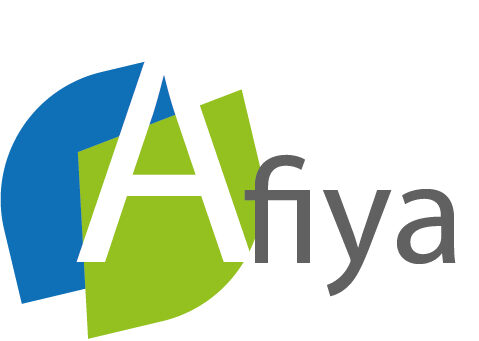

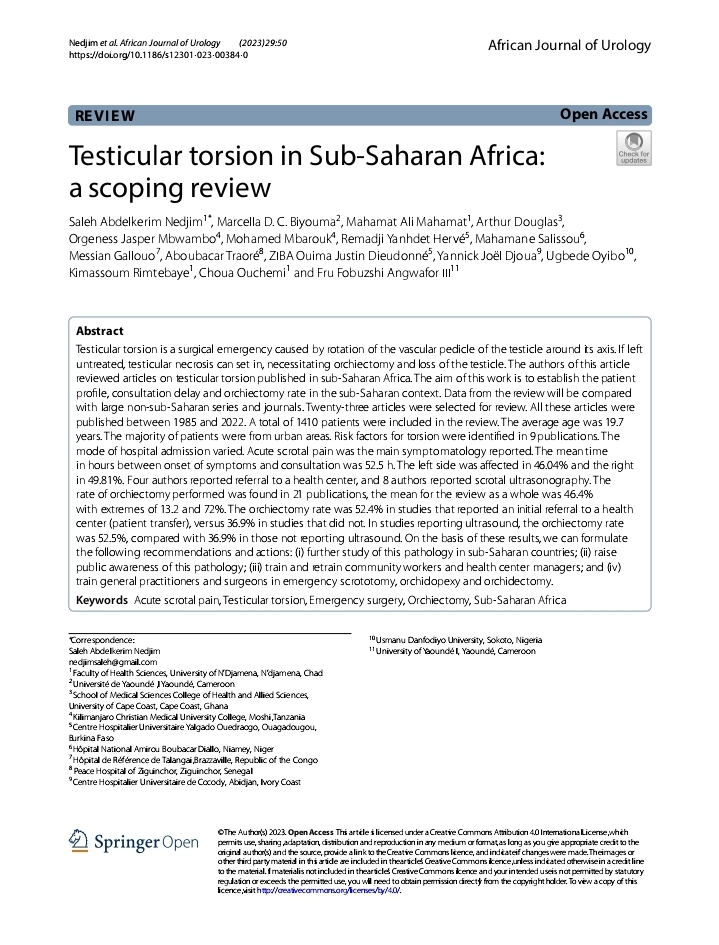

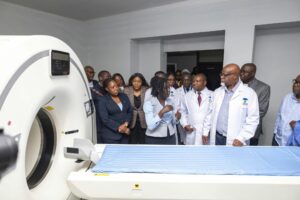
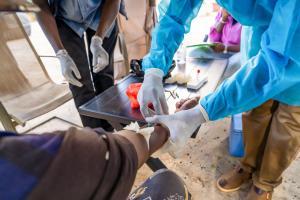
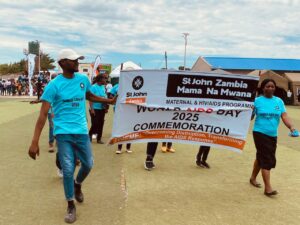
OTHER ARTICLES
UNAIDS releases its 2025 World AIDS Day report: Overcoming disruption, transforming the AIDS response
Health Financing in Africa: Between Health Taxes, Public-Private Partnerships, and African Sovereignty
Editorial: World Health Day – Urgent Action Needed for Maternal and Neonatal Health in Africa